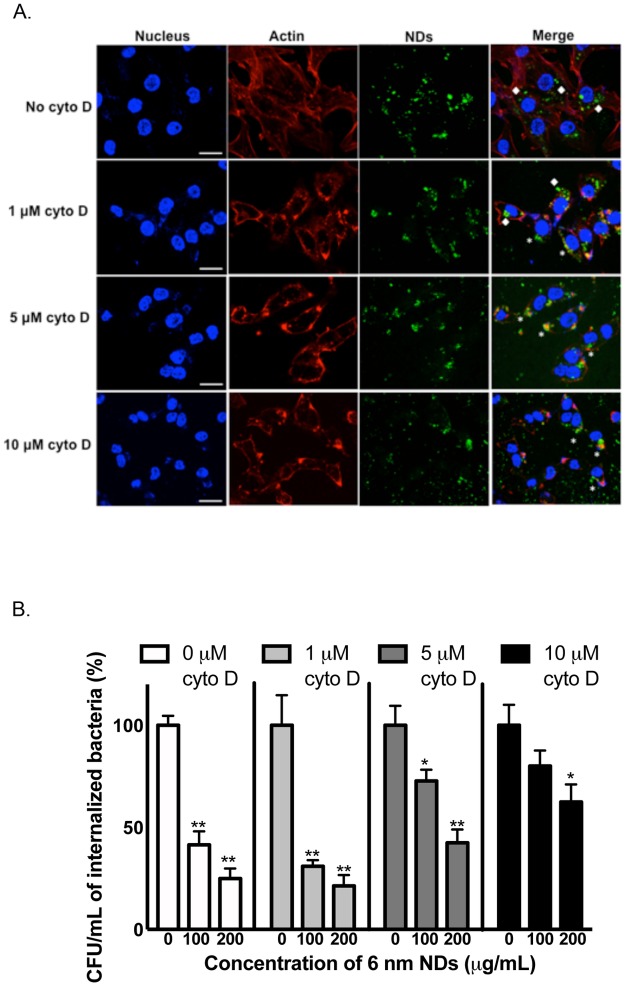Fig 5. Internalization of acid-treated 6 nm NDs are required for efficient killing of intracellular bacteria.
(A) T24 cells were treated with different concentrations of cytochalasin D for 1 hour followed by treatment with 100 μg/mL of NDs for 2 hours. The cells were fixed, permeabilized and the nuclei of the cells were stained with DAPI. Actin was stained with phalloidin conjugated to Alexa fluor 660. The cells were then observed by confocal microscopy and subjected to z-stack analysis to determine internalization of NDs. NDs associated with the cell membrane (*) or internalized in the cells (◆) are shown. The experiment was performed at least three independent times and the result of one representative experiment is depicted. Scale bar = 25 μm. (B) T24 cells were infected with E. coli, followed by treatment with gentamicin to kill extracellular bacteria. After gentamicin treatment, the infected T24 cells were treated with different concentrations of cytochalasin D for 1 hour followed by treatment with 6 nm or 25 nm acid treated NDs for 24 hours. The cells were then lysed and intracellular E. coli were enumerated. The cfu counts for the untreated sample was determined 100%. The CFU counts for ND treated samples were normalized to the 0 μg/mL sample. Data are representative of at least three independent experiments and depicted as mean ± SEM. *P<0.05, **P<0.0001 compared to 0 μg/mL of the corresponding acid-treated ND sample was determined by two-way ANOVA followed by Tukey’s multiple comparisons test.

